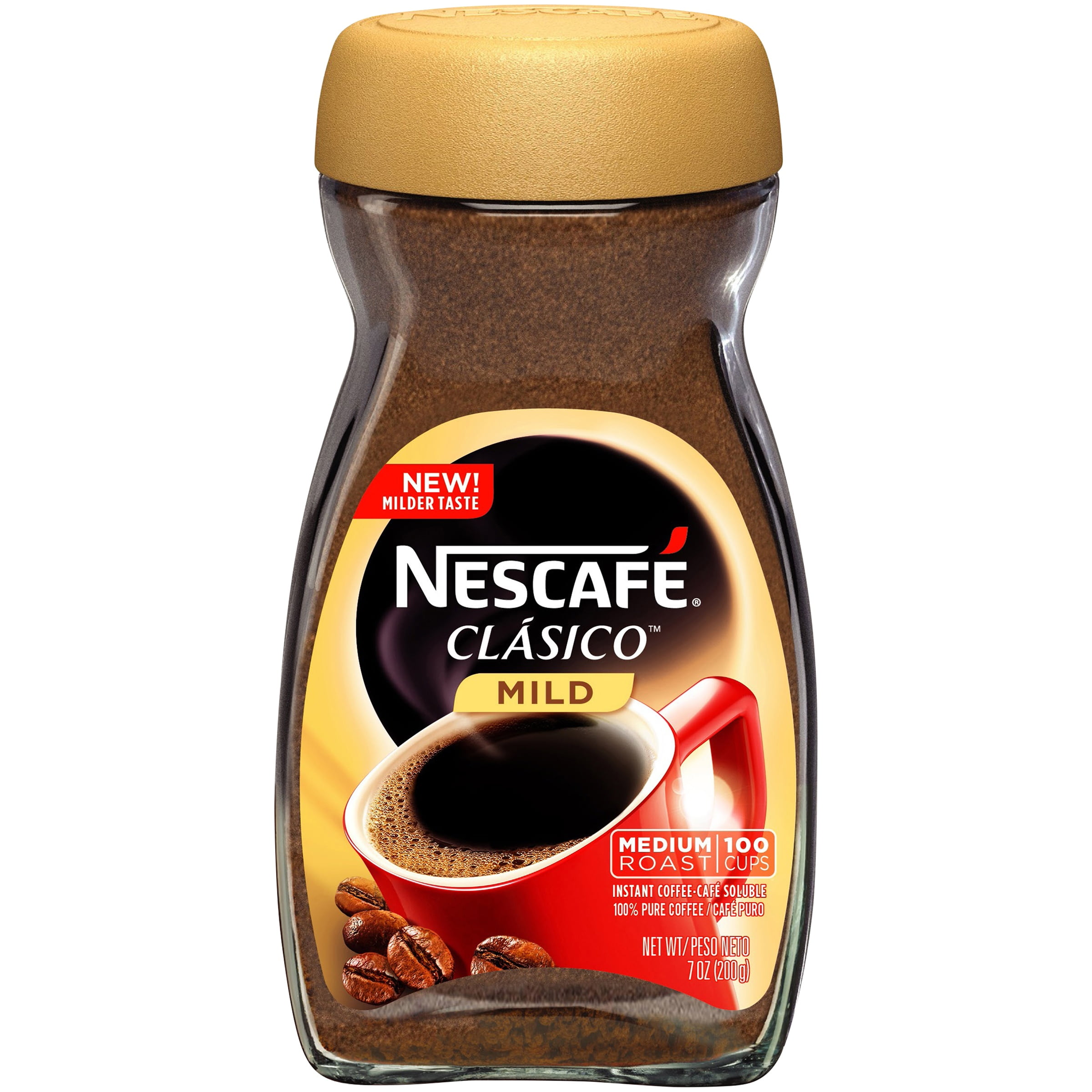

In the same spectrum, there isn’t a universal metric measure for how much milk you should add to your black coffee. In short, the moral of the story is that no two cartons of milk are the same – the same way no two coffee companies churn out the exact similar quality of coffee. The science applied here is the creation of more space for the surface area of the flat globules, which makes it possible for proteins to get absorbed by the surface occupied by fat globules. Homogenisation involves passing of milk through a small valve at great pressure. Slowing the creaming process is achieved through reduction of milk fat globules sizes. Milk creaming occurs due to lower concentration of fat contained in the milk. Homogenization is used to reduce the level milk fat globules from forming a cream layer on top of milk which normally occurs during storage. And the flavour gets better if the coffee was hot in the first place. Scientifically, it is the milk proteins that merge with the coffee globules to give rise to the signature taste that characterises lattes and cappuccinos. However, extended aggregation of both whey and caseins proteins through heating using sterilisation (e.g., 10 min at 115 degrees Celsius) and UHT treatment (e.g., 140 degrees for 5 sec) can cause extra viscosity.īut such effects can be limited through commercial pasteurisation (e.g., 72 degrees for 15 sec). The remaining percentage is composed of the whey proteins and small aggregates also referred to as individual proteins. The caseins represent ~80 percent of total protein of the 3 – 4% of the protein in cow milk. These proteins are found on the top surface of milk fat globules after homogenization of milk. There are two classes of proteins that can be found in milk, the whey and casein proteins. Triglycerides are surrounded by a membrane that consists of phospholipids, protein and glycerides, and together they form the milk fat globule.

Milk-fat-globules, which range from ~0.1 to 10 micrometres, provide a membrane that gives protection to the milk fat from degradation or oxidation by enzymes that generate an off-flavour in milk. And not just fat but a complex combination of various types of fats. Milk FatĪccording to lab analysis 4 – 5% of cow’s milk is made up of fat.

Black coffee caffeine content how to#
It is an intricate interplay that you have to juggle between harmonising milk proteins – that stabilise air bubbles – with milk fat (which is loved for adding flavour, but an agent of destabilising milk foam) The Contents of a Cup of Milkīut before we get into the details of how to best merge your milk with coffee, let’s consider briefly what a cup of milk entails. However, milk foam creation is not as easy as it sounds. Milk proteins and milk fat have crucial importance when creating stable milk foams of stability and attractive texture. The Impact of Milk in Your Coffee - The Good and the Bad Click To Tweet There are several components found in milk that largely contribute to this ability, and it is these same products that enable the creation of many other daily products found in the market like yoghurt, ice cream, cheese and dairy drinks. Milk’s ability to create perfectly stable foams makes it a favourite among barista coffee makers and customers alike. The coffee world is familiar with the use of milk in preparing coffee drinks.


 0 kommentar(er)
0 kommentar(er)
